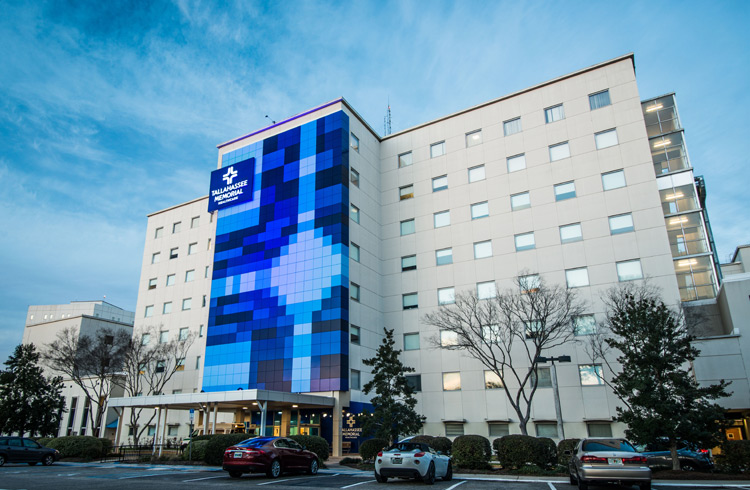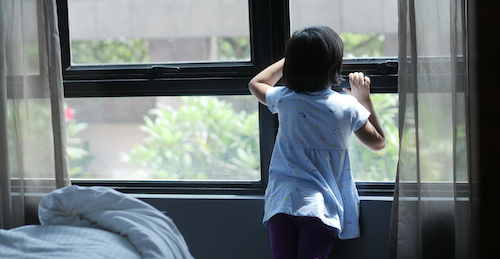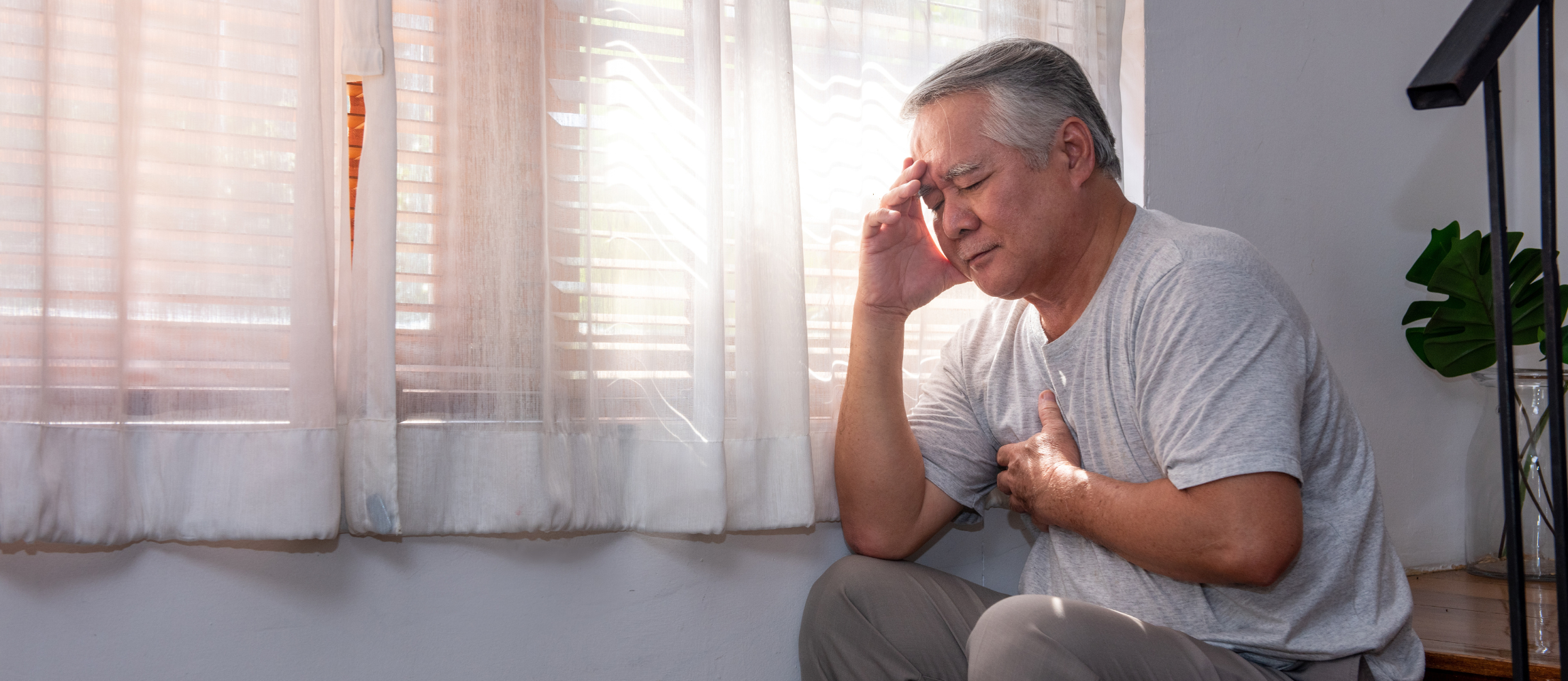Why Summer Is the Time to Spot Scoliosis in Your Child
June 10, 2022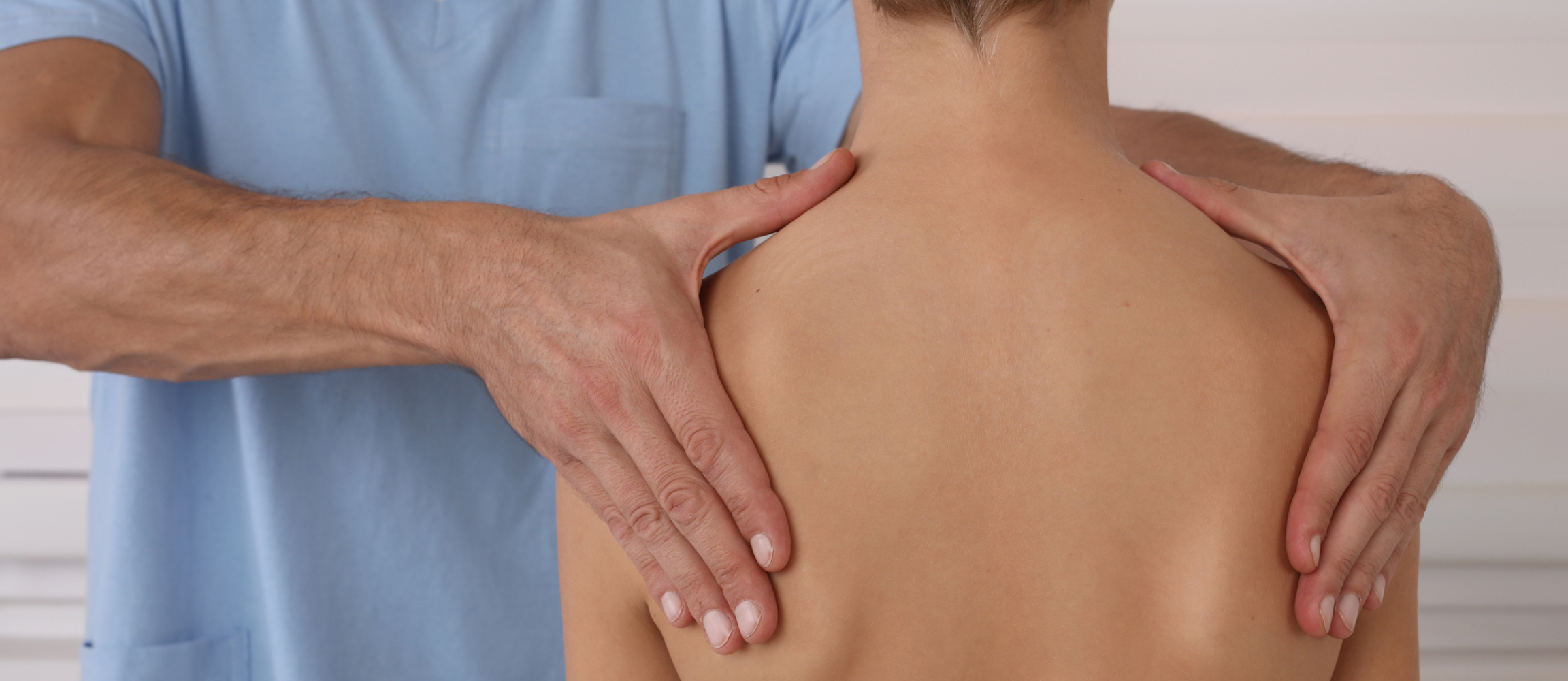
By: Tallahassee Memorial HealthCare
Categories: Healthy Living, Pediatrics
There are a lot of upsides to the summer season. One you probably didn’t think about between barbecues and lounging by the pool (and who could blame you?) is that summer is one of the best times to monitor your child for scoliosis.
The frequent use of swimsuits and lighter clothing often allows parents to notice spinal issues in their children more easily. Meanwhile, prolonged time off from school makes summer an ideal time for scoliosis treatment and recovery.
As home to the Big Bend region’s first and only pediatric orthopedic program, Tallahassee Memorial HealthCare (TMH) treats children with a broad range of orthopedic conditions and injuries, including scoliosis.
We spoke with Ryan Price, DO, pediatric orthopedic surgeon at TMH and Tallahassee Orthopedic Clinic, to learn what parents should know about spotting scoliosis.
What is Scoliosis?
According to the United States Preventative Services Task Force (USPSTF), adolescent idiopathic scoliosis is a lateral curvature of the spine of unknown cause (often in the shape of a 'C’ or ‘S’). It occurs in children and adolescents 10 to 18 years old.
It is the most common form of scoliosis and typically worsens during adolescence before skeletal maturity. In the United States, it’s estimated that up to 3% of children and adolescents aged 10 to 16 years old are affected by idiopathic scoliosis, and about 3 million new cases of scoliosis are diagnosed each year.
While most children and adolescents with scoliosis don’t exhibit symptoms, some may experience back pain. Moderate or severe scoliosis can lead to greater pain and increasing deformity if left untreated. Rarely, severe scoliosis cases can lead to heart or lung damage.
How to Monitor Your Child for Scoliosis
The National Scoliosis Center provides a simple test to help parents identify scoliosis.
- Have your child stand up comfortably with their feet forward and their knees straight. Then, stand behind your child and look for any of the following:
- Visible asymmetry of the spine
- Uneven shoulders (one shoulder being higher than the other)
- Uneven torso, waist or hips
- Next, have your child bend forward and hang their arms downward. While still standing behind your child, view their back at eye level and look for a prominence or hump on one side.
Contact your child’s pediatrician as soon as possible if you identify any of the above characteristics. Early detection and diagnosis of scoliosis are paramount to successful treatment.
Most scoliosis screening tests performed by physicians are non-invasive and involve a visual inspection of the spine to look for asymmetry. Further testing from a healthcare provider may include the forward-bend test and the use of a scoliometer to measure the angle of your child’s trunk, or torso, rotation during the forward-bend test. If diagnosed, X-rays will be used to monitor the progression of your child’s scoliosis.
What to Do if Your Child is Diagnosed with Scoliosis
If your child is diagnosed with scoliosis, there are three care options to improve curvature in their spine:
- Schroth physical therapy (scoliosis-specific physical therapy)
- Wearing a brace
- Surgery
There is no evidence that chiropractic manipulation is effective, and you should speak with your child’s pediatrician before considering chiropractic treatment.
About 30% of patients diagnosed with scoliosis require bracing and about 10% require surgery.
If your child is diagnosed with moderate or severe scoliosis and requires surgery or bracing, summer is one of the most common times for treatment because recovery typically requires weeks of rest and limited spine use, which is difficult to accommodate during the school year. Full recovery from scoliosis surgery typically takes about one to two months.
Dr. Price and TMH’s team of pediatric physical and occupational therapists know exactly what to look for in your child and how to work toward the best outcome. Our team will develop a comprehensive care plan specifically designed for your child’s needs, so your kid can get back to being a kid, not a patient.
To learn more about the Tallahassee Memorial Pediatric Orthopedic Program, visit TMH.ORG/KidsOrtho.
